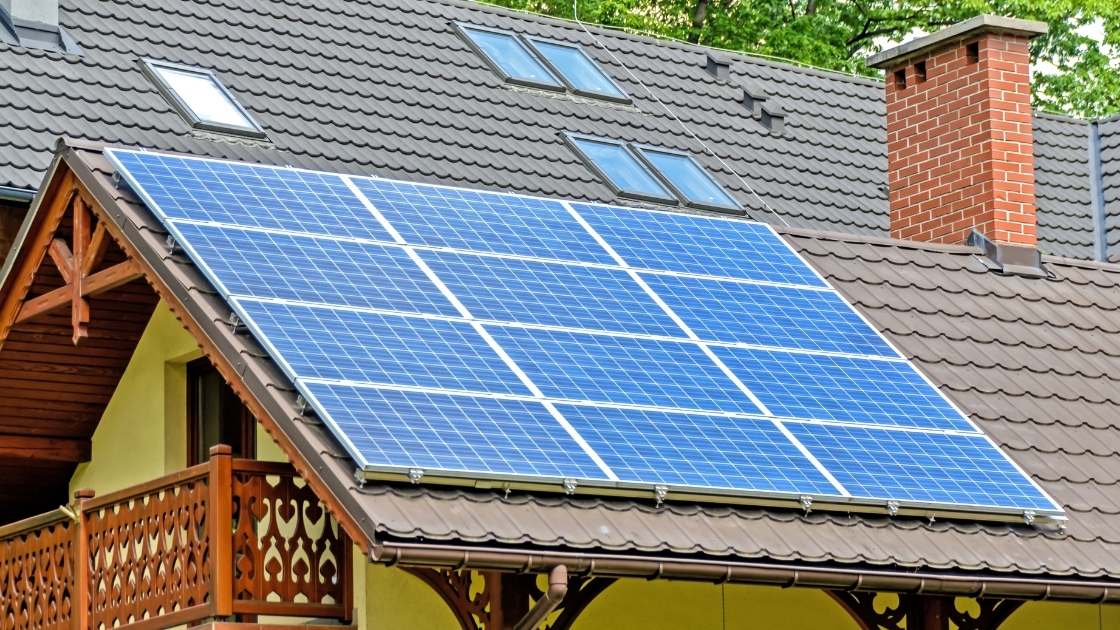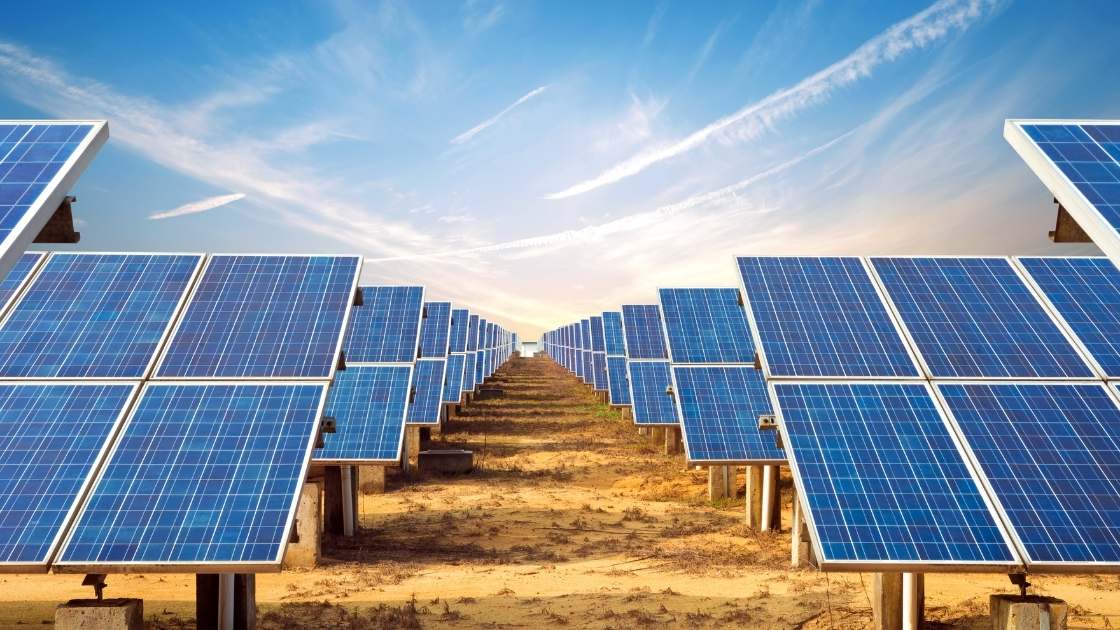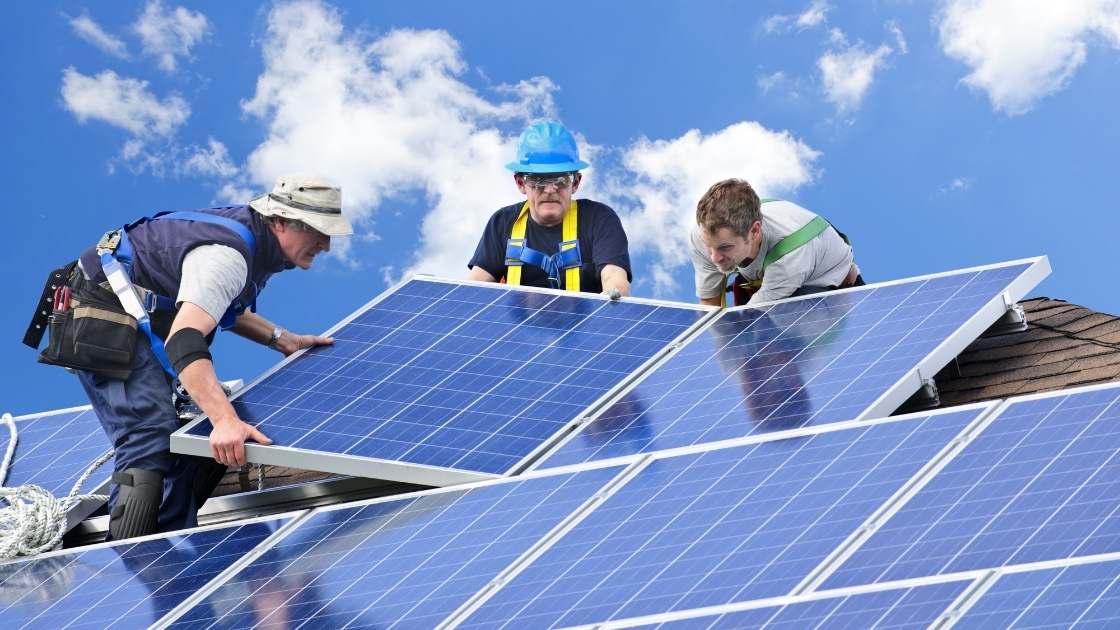Solar panels are an important part of the solar energy system that helps to generate electricity. If you have been thinking about going solar, but have not yet started, you should know that there are so many benefits to adding a solar panel system to your home or business. These can include lower utility bills and reduced greenhouse gas emissions compared with traditional forms of energy generation like fossil fuels like natural gas or coal power plants.
What are Solar Panels?

Solar panels are devices that convert solar energy into electricity. They consist of photovoltaic cells, which are made up of interconnected silicon panels that absorb light from the sun and generate an electric current. The solar panel is then connected to an inverter, which converts the direct current (DC) generated by the panel into alternating current (AC), which is more suitable for home power systems.
What are the Different Types of Solar Panels for Home?

Grid Connected Solar Panels (no batteries)
These are the most common type of solar panels today because they don’t require any wiring or batteries to be installed in order for them to work. They just need to be exposed to sunlight for about eight hours per day during peak sun hours (about noon). This means that you can put them on your roof or in any other place where you get direct sunlight throughout the day, even if it doesn’t get full sun exposure during those hours every day.
Grid Connected Solar Panels (with batteries)
The next type is grid-connected solar panels with batteries. These come with batteries installed, which allow you to use the energy from the sun even when it’s not sunny outside (although they don’t store as much energy).
Thin Film Solar Panels
Thin film solar cells are made from silicon wafers that are coated with a thin layer of plastic or glass for protection against moisture, dust, and other contaminants. These cells have less surface area than traditional silicon cells but produce more power per unit area than thin film cells without sacrificing efficiency (they can also be made thinner). Thin film cells are usually used when space is limited and the cost is more important than energy production
Solar Photovoltaic (PV) panels
Solar photovoltaic (PV) panels are another option when it comes to solar energy generation. These large flat panels can be used on their own or connected together using cables to provide an efficient source of electricity for many applications including: heating water systems, hot water heaters, refrigeration systems etc.).
Solar Thermal Panels
Solar thermal panels are a good option if you want to save money on your energy bills but still want a reliable source of clean energy. They work best when combined with batteries or other sources of backup power, though many people use them without batteries at all. Solar thermal panels produce heat that can be used for heating water or cooking food; some models also have high enough output to generate electricity directly, meaning they can even function as an electrical generator!
How to Install Solar Panels?

Check for Compatibility
Before you can install solar panels, you need to be certain that your home or business is suitable for them. The size of the solar panel system will depend on the size of your roof and the amount of sunlight that hits it.
Select the Size
The next step is to select the right amount of solar panels for your home or business. You may want to purchase more than one type of panel or an array since they can be connected in series or parallel depending on how many total watts (W) they can generate per day.
Get Permits
You will need to apply for a general construction permit, a building permit, and a power production system permit. The cost of this procedure varies depending on where you live and how many solar panel installations you want to make.
Apply for Incentives
Once you have your permits from the local government, it’s time to apply for incentives from your utility company or other entities with whom you’re affiliated (e.g., your landlord). If you’re looking for free solar panels, then this is where you can find them!
Install the Systems (Racking System, Panels, Heat Sink, Charge Controller, Battery Banks)
Start by installing your solar panels and racking system on the roof of your house. Install the System on the roof or ground, using the instructions provided in your solar panel installation kit. Connect the solar panel to your system using any of the connectors provided with your system. Connect the rest of your solar panels to their respective connectors.
Check Electrical
Once your racking system is assembled and connected to your electrical panel, it’s time to check electrical connections and make sure everything is working as expected. Make sure that all connections are secure and tight; if there are any loose connections or wires coming out of them, they may cause problems later on down the road when it comes time to install your batteries or charge controllers.
Connect to Electrical Panel
Once you have checked all of your connections and verified there are no issues with them, connect them to a power source using either extension cords or cables. Once made secure, connect them to an electrical panel so that they can begin charging energy from sunlight into batteries through photovoltaic cells within each panel’s cells directly behind them.
When to Call a Professional

Solar panels are complex pieces of equipment, and homeowners prefer to have their system installed by a certified solar contractor from start to finish. An electrical contractor will also be able to help you get any incentives you’re entitled to.
Even with DIY solar panel installations, getting an electrical contractor for certain parts of the job is quite normal. Many people in Sydney install the solar panels themselves and get the wiring done by a certified electrician. Call a professional to complete any part of the job that you’re not confident doing yourself.
Also Read-: 10 Stunning Dining Room Lighting Ideas And Designs

